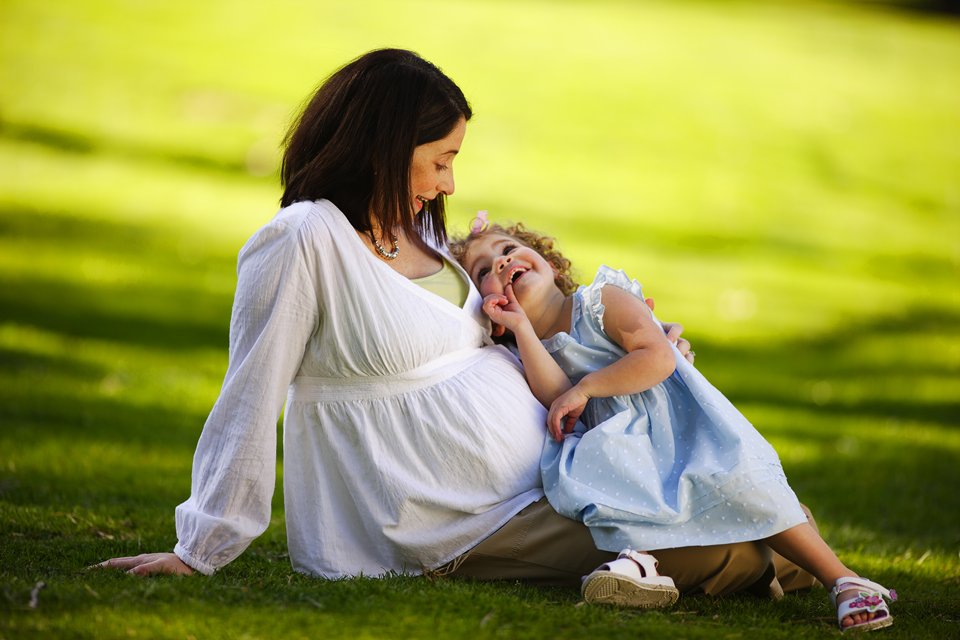Findings support planning children at least two years apart
Second-born children who are conceived sooner than two years or later than six years after the arrival of their older sibling have a substantially increased risk of autism spectrum disorders (ASDs), according to a new Kaiser Permanente study published in the journal Pediatrics.
The findings support the World Health Organization’s recommendation of spacing pregnancies a minimum of two years apart.
“Interpregnancy intervals – the time from the first birth to conception of the second child – may be a factor in autism risk,” said Ousseny Zerbo, PhD, research fellow with the Kaiser Permanente Division of Research and the study’s lead author. “And while additional research is needed, our study adds to the growing body of evidence about various risk factors for autism.”
Autism is a neurodevelopmental disorder defined by impairments in social interaction and communication, as well as restricted and repetitive patterns of behavior, which occurs in 1 in 68 children, according to the most recent data from the Centers for Disease Control and Prevention.
The cause of autism is unknown, but research has identified a number of different genetic and environmental factors that may play a role in its development. Previous studies have linked short pregnancy intervals with increased risk of psychiatric and neurodevelopmental disorders, including autism. Longer interpregnancy intervals (IPI) have also been linked to adverse perinatal outcomes, including low birth weight, small for gestational age, and preterm birth, as well as increased autism risk.
The study reviewed the electronic medical records of about 45,000 children born between 2000 and 2009 in Kaiser Permanente’s Northern California hospitals.
Autism was diagnosed in 0.81 percent of second-born children following IPIs of three to four years. In second-born children with IPIs of less than six months, the prevalence of autism was 2.11 percent; for intervals of six to eight months, 1.74 percent; and for intervals of six years or more, 1.84 percent.
Unlike other studies, this one was able to rule out the possibility that several other autism risk factors explained the findings. These factors included ASD status, prematurity, low birth weight, and C-section delivery of the first-born child; maternal weight changes between pregnancies; and maternal antidepressant use three months before the pregnancy of the second child.
To help determine how various autism risk factors may be linked to family genetics or environmental issues, a new effort is underway at Kaiser Permanente in Northern California called the Autism Family Biobank. The biobank will collect genetic information from 5,000 member families with a child on the autism spectrum.
“We don’t understand why factors such as interpregnancy interval may increase the risk of autism,” said Lisa A. Croen, PhD, research scientist with the Kaiser Permanente Division of Research, senior author of the study and director of Kaiser Permanente’s Autism Research Program. “We’re hoping that efforts like the new biobank can point us toward the answers.”
In addition to Croen and Zerbo, co-authors of the study were Cathleen Yoshida, MA, and Erica P. Gunderson, PhD, Kaiser Permanente Northern California Division of Research; and Kaht Dorward, MD, Kaiser Permanente Northern California Department of Obstetrics and Gynecology.
This study was funded in part by the National Institute of Environmental Health Sciences.





This Post Has 0 Comments